30-Second Summary
- Kidney stones are mineral deposits that form in the kidney canals.
- They can occur at any age.
- The most common symptoms are blood in the urine, nausea, vomiting, and severe chest, abdominal, and back pain.
- The size and type of the stone determine the treatment method.
- Symptoms of passing a kidney stone include severe pain, nausea, vomiting, urgency, straining, and cold sweats.
What is a Kidney Stone?
The kidneys, one of the most important organs in the excretory system, have many functions, including the removal of waste products generated by the body's metabolism. Because of this crucial role, even the smallest problems in the kidneys can have significant consequences for the body. One of the most common issues in the kidneys is kidney stones.
Kidney stones are mineral deposits that form within the kidney canals, usually due to unknown causes. The likelihood of developing kidney stones is three times higher in men than in women. Moreover, even after being completely treated, kidney stones can recur.
Kidney stones can occur in people of any age, but they are more common in those in their 30s. Timely treatment of kidney stones is crucial. Otherwise, the stones can block the kidney canals, leading to increased pressure inside the kidneys. This increased pressure not only causes severe pain but also leads to kidney dysfunction.
Symptoms of Kidney Stones
The most common symptoms of kidney stones include:
- Blood in the urine,
- Nausea,
- Vomiting,
- Severe chest, abdominal, and back pain,
Diagnostic Methods for Kidney Stones
The diagnosis of kidney stones involves various tests and medical imaging techniques, including:
- Urine analysis,
- CT scan,
- X-ray,
- Ureteroscopy,
- Ultrasonography,
Treatment Methods for Kidney Stones
The choice of treatment for kidney stones depends on factors such as the size and type of the stone. Some treatment methods used for kidney stones are also used for gallstones.
The specific treatment method is decided after a thorough examination by a urology specialist. However, to prevent the recurrence of kidney stones after treatment, patients need to make certain lifestyle changes. These changes include following a specific diet to avoid foods that cause kidney stones and ensuring adequate water intake.
Medication Treatment
Medication treatment is often preferred for small kidney stones. These medications can help dissolve the stones, allowing them to be passed out in small fragments through the urine. It is crucial for patients undergoing medication treatment to drink plenty of water.
Surgical Treatment
For larger stones, open surgery is one of the treatment options. However, this method is usually not preferred because of the high likelihood of recurrence and the longer recovery time required for patients.
Summary of the Surgery
Duration of Surgery: 30 minutes-2 hours
Anesthesia Method: General, Spinal
Hospital Stay Duration: 1 day
Return to Work Duration: 2-7 days
ESWL
ESWL (Extracorporeal Shock Wave Lithotripsy) is an innovative treatment method used for kidney stones that are too large to be dissolved by medication. It involves breaking down the stones using shock waves.
RIRS
In this surgical method, kidney stones are accessed through the urinary tract. Ureteroscopy is used to break or remove the stones.
Nephrolithotomy
Nephrolithotomy, also known as closed kidney stone surgery, involves the direct removal of kidney stones from the kidney.
How Do Kidney Stones Pass?
When kidney stones move from the kidney to the ureter, they are referred to as ureteral stones. The most definitive method for diagnosing these stones is contrast-enhanced computed tomography (CT). Additional tests can determine the characteristics of the ureteral stone and whether it can pass on its own. Careful examinations are necessary to make this determination.
For medication treatment to be effective in passing a ureteral stone, the stone must have a transverse diameter of less than 6 mm. In this case, there is a 65% to 70% chance of passing the stone with a 15-day medication treatment.
However, if the stone becomes lodged in the ureter and causes swelling, or if it has a diameter greater than 7 mm, the chances of the stone passing on its own with medication are significantly reduced.
In medication treatment for passing kidney stones, pain relievers, urine lubricants, and medications to prevent or relax ureteral spasms are used. Additionally, applying heat to the ureteral wall can help relax the muscles.
In some cases, despite medication, patients may experience severe pain, significantly reducing their quality of life. In such cases, intervention may be necessary before waiting for the stone to pass.
Symptoms of Passing a Kidney Stone
When passing a kidney stone, individuals may experience the following symptoms:
- Pain may be felt in different areas depending on the location of the stone. For example, pain felt in the back and sides while the stone is in the kidney may move to the pelvic area when the stone enters the ureter.
- Sudden cessation of pain may indicate that the kidney stone has passed.
- The passage of the kidney stone may also be felt during urination.
How is a Kidney Stone Detected in a Urine Test?
The appearance of urine in patients with kidney stones may not show any visible differences. However, under microscopic examination, blood cells may be found in the urine sample. This is considered an early sign of kidney stones.
Can Kidney Stones Be Fatal?
Kidney stones do not directly pose a life-threatening risk. However, complications from kidney stones, such as kidney failure, can lead to organ loss. If the kidneys lose their function, it can become life-threatening.
Kidney stones can also cause infections. If left untreated, these infections can lead to sepsis, a life-threatening condition requiring emergency intervention.
How to Recognize Kidney Stone Pain at Home?
To confirm the presence of a kidney stone, medical tests and imaging systems are necessary. However, if you experience severe pain in the kidneys, intense pain during urination, and foul-smelling urine, kidney stones may be suspected.


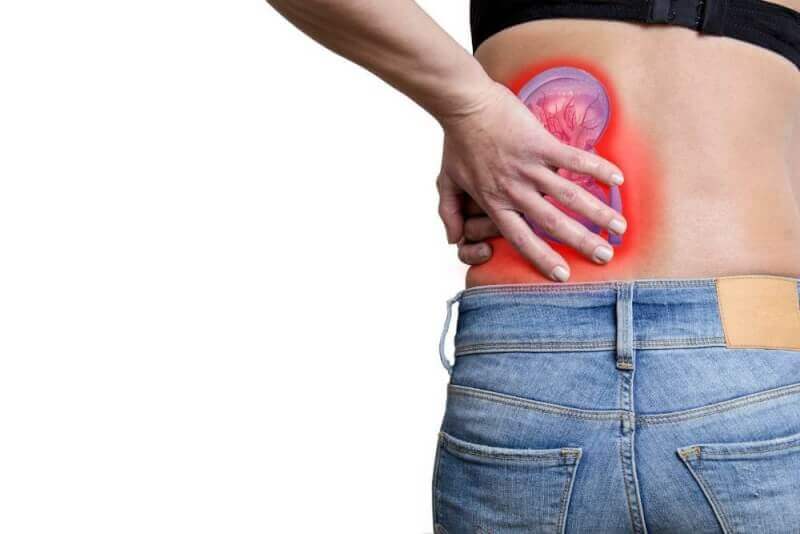
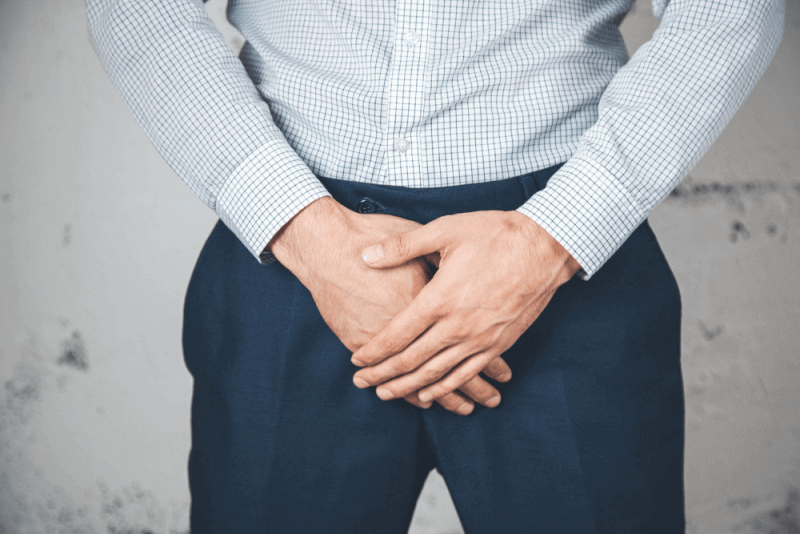
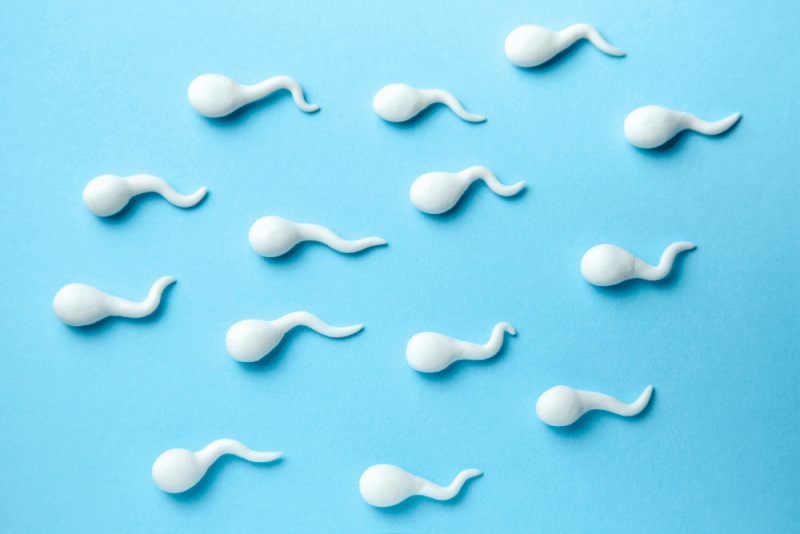
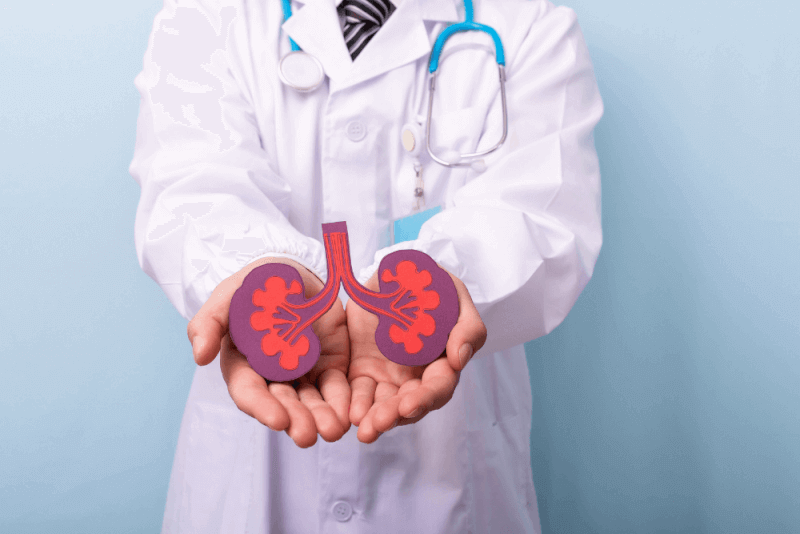
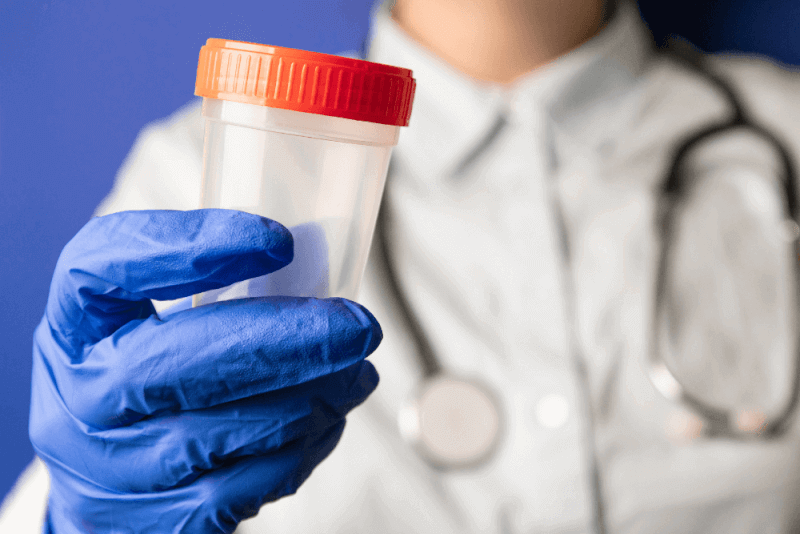





L** L** | 27 Mar 2025